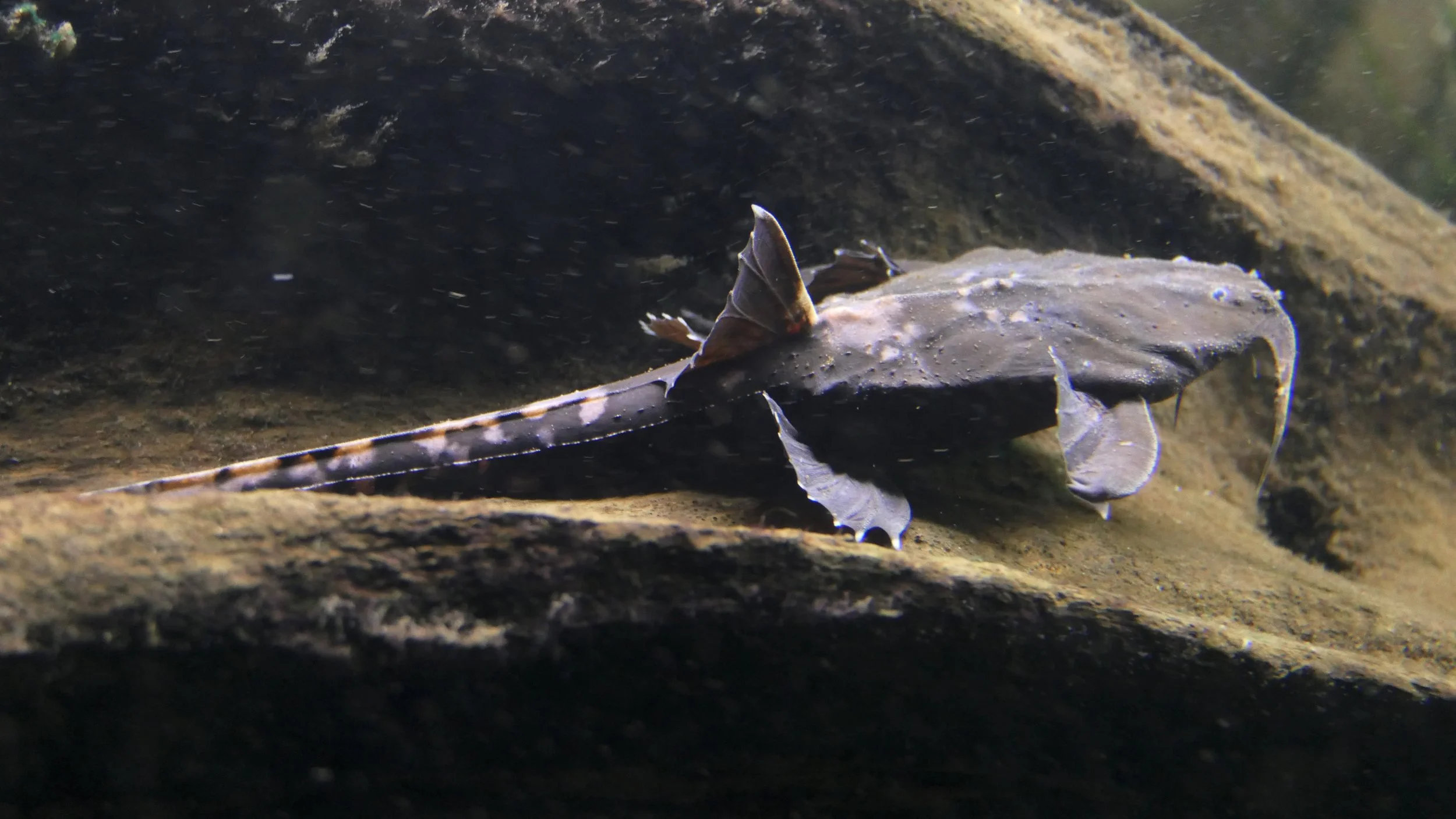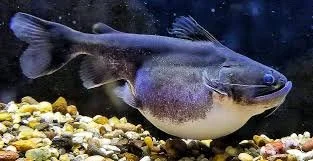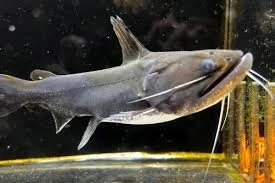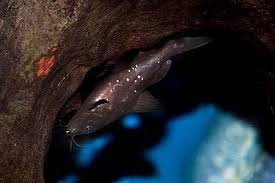 Image 1 of 1
Image 1 of 1


Banjo Catfish
Banjo catfish, also known as Bunocephalus species, are unique and interesting freshwater catfish that are characterized by their flat, elongated bodies and a striking resemblance to a banjo, hence the name. Proper care for banjo catfish involves creating an environment that mimics their natural habitat and providing a balanced diet. Here's a care sheet to help you ensure the well-being of your banjo catfish:
Tank Setup:
Tank Size:
A minimum tank size of 20 gallons is recommended for a small group of banjo catfish.
Provide a larger tank if you plan to keep more individuals.
Substrate:
Use a fine substrate like sand or smooth gravel to prevent injury to their delicate barbels.
Decoration:
Include hiding spots such as caves, PVC pipes, or driftwood.
Use live or artificial plants to create a natural environment.
Water Parameters:
Temperature: 72-78°F (22-26°C).
pH: 6.0-7.5.
Hardness: 5-15 dGH.
Filtration:
Ensure efficient filtration to maintain water quality.
Banjo catfish are sensitive to poor water conditions, so regular water changes are crucial.
Tank Mates:
Banjo catfish are generally peaceful, but they may be shy. Avoid keeping them with aggressive or overly active tank mates.
Suitable tank mates include peaceful community fish like tetras, rasboras, and other non-aggressive catfish.
Diet:
Banjo catfish are omnivores.
Feed a balanced diet consisting of high-quality sinking pellets, flakes, and live or frozen foods like bloodworms, brine shrimp, and daphnia.
Ensure the food reaches the bottom, as banjo catfish are primarily bottom dwellers.
Behavior:
Banjo catfish are nocturnal, so provide low light levels during the day to allow them to feel secure.
They may spend a significant amount of time hiding during the day, so provide adequate hiding spaces.
Health Considerations:
Monitor for signs of illness, such as changes in behavior, loss of appetite, or abnormal swimming patterns.
Quarantine new fish before introducing them to the main tank to prevent the spread of diseases.
Breeding:
Breeding banjo catfish in captivity can be challenging.
Simulate the rainy season by gradually lowering the water level, increasing temperature, and providing live or frozen foods to induce spawning.
Banjo catfish, also known as Bunocephalus species, are unique and interesting freshwater catfish that are characterized by their flat, elongated bodies and a striking resemblance to a banjo, hence the name. Proper care for banjo catfish involves creating an environment that mimics their natural habitat and providing a balanced diet. Here's a care sheet to help you ensure the well-being of your banjo catfish:
Tank Setup:
Tank Size:
A minimum tank size of 20 gallons is recommended for a small group of banjo catfish.
Provide a larger tank if you plan to keep more individuals.
Substrate:
Use a fine substrate like sand or smooth gravel to prevent injury to their delicate barbels.
Decoration:
Include hiding spots such as caves, PVC pipes, or driftwood.
Use live or artificial plants to create a natural environment.
Water Parameters:
Temperature: 72-78°F (22-26°C).
pH: 6.0-7.5.
Hardness: 5-15 dGH.
Filtration:
Ensure efficient filtration to maintain water quality.
Banjo catfish are sensitive to poor water conditions, so regular water changes are crucial.
Tank Mates:
Banjo catfish are generally peaceful, but they may be shy. Avoid keeping them with aggressive or overly active tank mates.
Suitable tank mates include peaceful community fish like tetras, rasboras, and other non-aggressive catfish.
Diet:
Banjo catfish are omnivores.
Feed a balanced diet consisting of high-quality sinking pellets, flakes, and live or frozen foods like bloodworms, brine shrimp, and daphnia.
Ensure the food reaches the bottom, as banjo catfish are primarily bottom dwellers.
Behavior:
Banjo catfish are nocturnal, so provide low light levels during the day to allow them to feel secure.
They may spend a significant amount of time hiding during the day, so provide adequate hiding spaces.
Health Considerations:
Monitor for signs of illness, such as changes in behavior, loss of appetite, or abnormal swimming patterns.
Quarantine new fish before introducing them to the main tank to prevent the spread of diseases.
Breeding:
Breeding banjo catfish in captivity can be challenging.
Simulate the rainy season by gradually lowering the water level, increasing temperature, and providing live or frozen foods to induce spawning.







